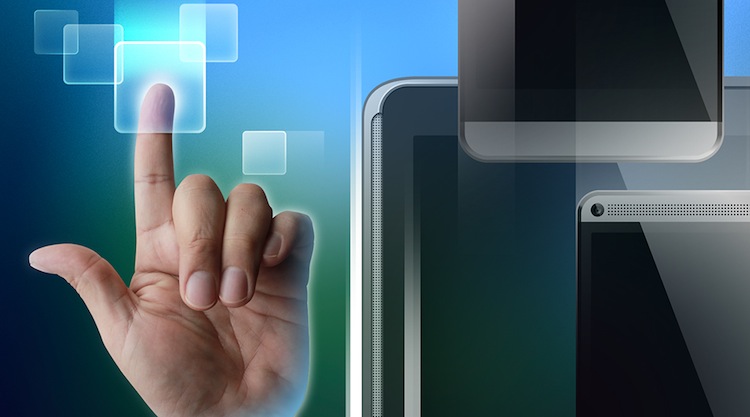Why do you need a touchscreen display?
Touchscreen technology has been facilitated with a new transition. Most of us are familiar with it – if you have a smartphone Smart Glass Thailand, then you already interact with the touchscreen on a daily basis.
The usefulness and practicality of the touchscreen is undeniable, which is why businesses and businesses have also begun to consider the benefits of using this technology. However, despite its simplicity for end users, there is more to this technology than meets the eye.

Types of sensor technologies
There are a number of different sensor technologies on the market, each with its own set of characteristics. Resistive, projection, optical, capacitive and infrared use to be the most mutual touchscreen technologies Chiefway Smart Glass. Each of them has a different purpose and can be used differently in your business processes. Below is a description of the characteristics that are associated with each of these technologies.
Resistive sensor technology
Resistive touch technology can be found in a variety of devices, including touch monitors and car navigation systems. Resistive panels are pressure sensitive, which means they use pressure applied directly to the screen as a means of determining commands.
Optical sensor technology
Optical touch technology uses infrared cameras and light to detect when you touch the panel. Touch detection accuracy on optical touchscreens may vary depending on the components used.
Optical touchpads support multiple touches at the same time and typically range in size from 19 to 100 inches. Since touch recognition on these devices works through visualization, any form of touch can be used to enter commands on the projection screen display, be it a finger, stylus, gloved finger, etc.
Since there are no obstructing coatings on the screen itself, the brightness of these touchscreen displays can be very high. In addition, optical touch displays are quite durable because the light touches associated with this tech option usually do not cause wear and tear.

Projected capacitive touch technology
Projected capacitive touch technology is a technology widely used in the smartphone market; if you use an iPhone, then you are already familiar with it https://chiefway.com.my/th/smart-glass/. Projected capacitive touch technology is commonly used on smaller touchscreens and is renowned for very accurate touch recognition and fast response times.
Projected capacitive touchpads support multi-point touch and are typically less than 32 inches in size.
Because projected capacitive touchscreens sense touch with electrical currents, it is difficult to create larger touchpads. Unlike resistive touch technology, Projected Capacitive Touch Panels can be interacted with a finger or conductive stylus, but not with a regular stylus or gloved hand.
Infrared sensor technology
Infrared sensor technology uses the interruption of the light beam as a touch sensing tool. In touch-sensitive infrared displays, infrared rays form a grid above the surface of the panel, and touch points are detected when the rays are interrupted.
Infrared touchscreens are capable of multi-point touch sensing and can range in size from 20 to 150 inches. Commands can be entered by touching the panel with your finger, a thick stylus, or with a glove, although the accuracy of touch detection may vary depending on the components used.
